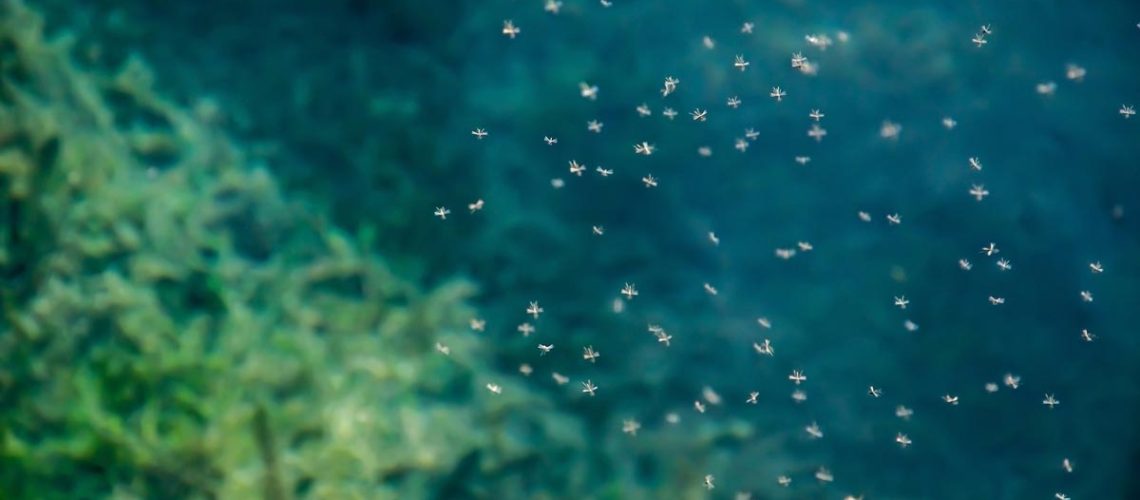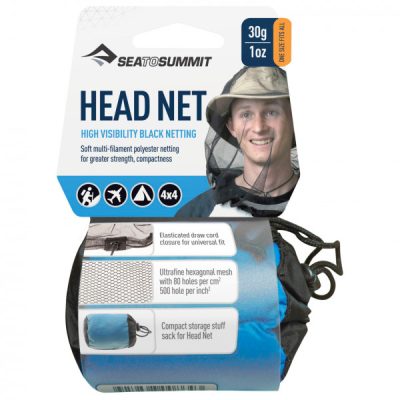
So you’ve decided to embark on an epic adventure in the Scottish Highlands this summer. Majestic mountains, mysterious lochs, historic distilleries – what’s not to love? One tiny problem can turn your outdoor idyll into a living nightmare: midges. Those miniature menaces may be small, but their bites pack a punch, and their swarms can distract you. Don’t let the midge madness deter you from enjoying Scotland’s natural wonders. With some strategic planning, the right gear, and a few tricks, you can outsmart these biting beasts and reclaim the Great Outdoors. This guide will equip you with all the know-how you need to beat the bite and experience the wild beauty of Scotland midge-free. Now, where’s that bottle of whisky? You’re going to need it!
When venturing into midge territory, the right gear can mean the difference between enjoying the great outdoors or being driven to madness. To beat the bite, pack these essentials:
Insect repellant – but avoid the Deet – Scottish midges can be beaten without harmful chemicals. A good quality natural repellent balm, cream or spray used on exposed skin, clothing, tents, and backpacks. Reapply frequently, especially after rain.
Lightweight, long-sleeved shirts and pants – Midges can bite through tight-knit fabrics. Loose, breathable clothing treated with permethrin or natural repellents like citronella, lavender, or eucalyptus essential oil will protect you from midges and the elements.
Mesh head net – A necessity when midges are swarming. Look for a net that fits snugly over headwear, glasses, and a backpack.
Gloves – Midge bites to the hands can be particularly irritating. Pack lightweight gloves, mittens or fingerless gloves.
Tent with mesh layers – Choose a rainfly, mesh inner tent and mesh panels. The mesh keeps midges out while allowing ventilation.
Campsite location – Set up camp in open areas away from standing water or dense vegetation. Avoid camping in low-lying areas where midges tend to gather and swarm.

By packing the proper protective gear, clothing, and repellents and using common sense to avoid peak midge conditions and locations, you’ll be ready to get out and experience the stunning natural scenery of Scotland with confidence, no matter how many of those wee beasties are out and about. The adventure of a lifetime awaits!
The midges may be tiny, but their bites pack a nasty punch. To avoid becoming a walking buffet for these wee beasties during your Scottish adventure, you must outsmart them.
First, know when the midges are most active – typically from late May through September, especially around dawn and dusk. Plan your outdoor activities accordingly and avoid being outside during peak midge hours when possible.
Next, be aware of where midges tend to swarm. They love humid, sheltered areas near standing water, like lochs, bogs and rivers. Opt for hiking routes at higher elevations with plenty of wind and sun exposure. Open summits and beaches along the coast also tend to be less midge-friendly habitats.
If you find yourself amid a midge attack, cover up with lightweight and loose clothing, especially around your head, neck, and ankles. Midge nets and natural deet-free repellents can also help make you less of an appealing target.
The key to midge evasion is vigilance. Pay attention to weather conditions and the surroundings. Look for signs of standing water or dense vegetation, and be alert around sunrise and sunset. With some strategic planning, protective gear, and a little luck, you can experience
Citronella Oil
The essential oil from the citronella plant acts as a natural insect repellent. Apply citronella oil directly to the skin, diluted in a carrier oil like jojoba or sweet almond oil. You can also add a few drops to a spray bottle with water to spritz on clothes and gear. The lemony scent confuses midges and masks the odours that attract them.
Lemongrass Oil
Harness the power of lemongrass oil, a natural repellent against pesky insects. Its aromatic essence keeps bugs at bay, providing a refreshing and effective defence. Embrace the outdoors with confidence, surrounded by the refreshing scent of lemongrass, while enjoying nature’s beauty bite-free.
Peppermint or Eucalyptus Essential Oil
The solid and fresh scents of peppermint and eucalyptus essential oils naturally repel midges and other biting insects. Apply a diluted version of either oil to your skin, clothes and gear. You can also place a few drops of peppermint or eucalyptus essential oil on your wrist or neck to create a protective barrier. The potent aromas will overpower the midge’s ability to detect their next victim.
Natural Repellent Spray
Make your natural midge repellent spray with essential oils and witch hazel or vodka. Combine citronella, lavender, peppermint and eucalyptus essential oils with the witch hazel or vodka and distilled water in a spray bottle. Shake before each use and spray on skin, clothes, tents, packs, and gear. The herbal solution will deter midges in an earth-friendly way so you can enjoy the beauty of Scotland’s wild places.

Balmy Fox On the Trail Citro Barrier Balm is your natural solution to pesky insects. This moisturising balm harnesses the power of citronella, oregano, tea tree and coconut oils to repel bugs without the harsh chemicals found in most repellents. Free from DEET, parabens and other nasties, its earthy essential oils create an invisible barrier against midges, mosquitoes, ticks, and flies so you can enjoy the great outdoors without the itch. Safe for the whole family.
So there you have it; with these tips, you’re now equipped to get out there and enjoy the beautiful Scottish countryside without worrying about becoming a midge buffet. The highlands are calling your name, and the mountains and glens await exploring. Don’t let those tiny beasts keep you from adventure. Arm yourself with repellant, cover-up, and get outdoors. The fresh air and breathtaking vistas are worth braving the occasional midge attack. Stay vigilant, but don’t let the fear of midges stop you from making memories in the wilds of Scotland that will last long after the itch has faded. You’ve got this! Now get out there and beat the bite. The great outdoors is yours for the taking.
What are Scottish midges?
Scottish midges are tiny, biting insects prevalent in Scotland, particularly during the warmer months. They are known for their nuisance and ability to cause itchy bites.
What time of year are Scottish midges most active?
Scottish midges are most active during the summer, typically from May to September when weather conditions are favourable for their breeding and feeding.
How can I protect myself from Scottish midge bites?
To protect yourself from Scottish midge bites, use insect repellents containing DEET, wear long-sleeved clothing, and use fine-mesh head nets to cover your face and neck. Avoiding areas with high midge populations during peak times can also be helpful.
Are there any natural remedies to repel Scottish midges?
Some natural remedies to repel Scottish midges include applying essential oils like citronella, lavender, or eucalyptus to your skin or using natural repellent sprays containing ingredients like lemon eucalyptus oil or neem oil.
Do midges only bite humans?
While midges primarily feed on the blood of animals, including humans, they are not exclusive to biting humans. They can also bite other mammals and birds.
Are Scottish midge bites dangerous?
Scottish midge bites are generally not dangerous but can be extremely itchy and irritating. However, some individuals may experience more severe reactions or allergies to the bites.
Can midge bites transmit diseases?
Scottish midges are not known to transmit diseases to humans.
What are some recommended strategies to avoid midges when hiking or camping in Scotland?
To avoid midges when hiking or camping in Scotland, it is advisable to camp in areas with good airflow, avoid camping near stagnant water sources, use midge nets for sleeping areas, keep doors and windows of tents or vehicles closed, and avoid wearing bright colours or strong perfumes, which can attract midges.
Are there specific times of the day when midges are less active?
Midges are usually less active during windy conditions and typically less prevalent during midday and early afternoon when temperatures are higher.
What Other Names Are Scottish Midges Known By?
Scottish midges are known by various names, reflecting their notorious reputation and the annoyance they can cause. Some common alternative names for Scottish midges include:
Culicoides impunctatus (their scientific name)
Highland Midges
Scottish Midges
Scottish Mosquitoes
Scottish Gnats
Scottish Biting Midges
Highland Biting Midges
No-See-Ums (a term used for various small biting insects, including midges)